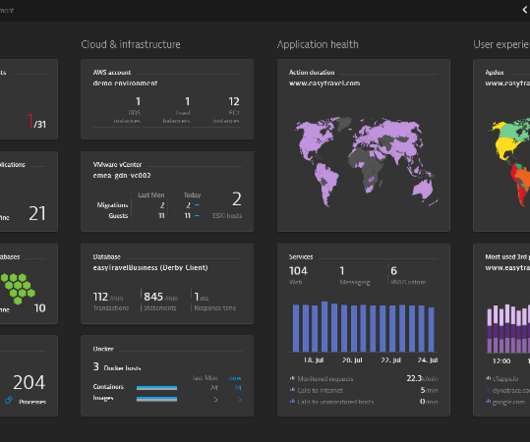What is a data lakehouse? Combining data lakes and warehouses for the best of both worlds
Dynatrace
OCTOBER 4, 2022
This approach enables organizations to use this data to build artificial intelligence (AI) and machine learning models from large volumes of disparate data sets. This data lands in its original, raw form without requiring schema definition. Support diverse analytics workloads. Massively parallel processing.














Let's personalize your content